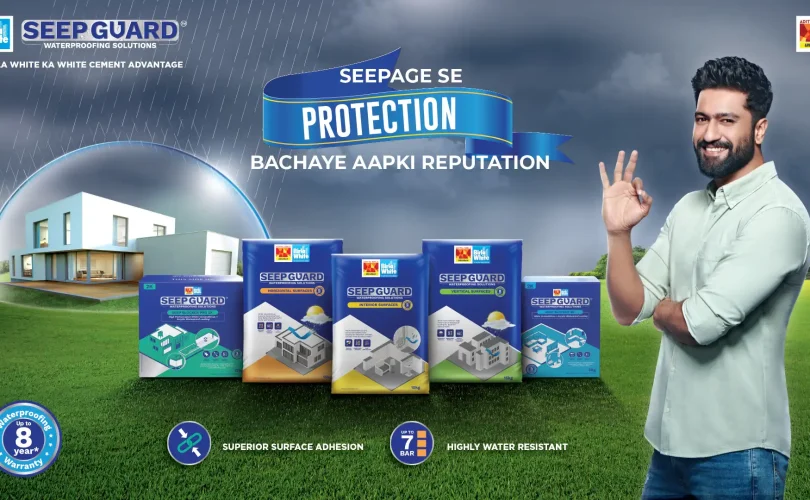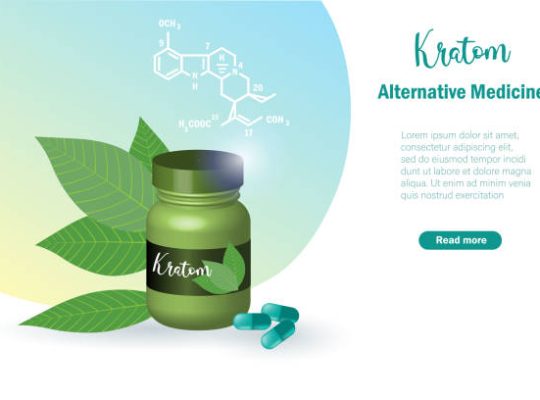Waterproof tapes are economical as well as easy to work with and are a long-lasting alternative to sealants, caulking as well as coatings, mastics and caulking. They aren’t immune to damage, but their simplicity won’t shield them from leaks that result from an improperly applied.
Surface preparation is the key to increasing the adhesive bond durability of tapes for waterproofing. It can prevent problems such as peeling and delamination.
Applying
The waterproof tapes form a barrier which prevents the entry of water into building products. It can guard against rot, mold and rust. Waterproof tapes are often used alongside other waterproofing products to provide long-lasting durability.
In the process of applying waterproof tape it is crucial to adhere to the steps to ensure a sturdy adhesion. Smoothly applying the tape and evenly is essential. Wrinkles, creases, and bubbles can cause a weak spot that allows water to enter. This can cause damages to the surface, and cause further issues.
Temperatures of application must also be taken into account when using tapes. Temperatures that are high can cause the adhesive to shrink and less pliable, which could affect the strength of the adhesive. This can also lead to a loss of adhesion on the substrate. In contrast, lower temperatures could cause the adhesive to not soak into the substrate in sufficient amounts, which could lead to a weaker bond.
Step-by-Step
Tapes for waterproofing are an excellent alternative to caulking, sealants, and mastics for numerous reasons. These tapes are quick to apply, economical and offer a good protection against water. This can help to shield surfaces from rust.
For waterproof tape to be applied, first cut the tape according to the length you want and leave a little space between the ends to provide greater coverage. Remove the backing to expose the surface. keo va ong nuoc Apply pressure to the surface and smoothing any imperfections or wrinkles to make sure that the surface is fully covered and create the formation of an airtight seal.
Try using a platen hand-held roller for applying tape on surfaces that are filthy or rough. You only need to apply a few psi pressure for perfect contact with the surface. Do not apply too much pressure because it could lower the strength of adhesive. Tapes that are waterproof can be applied on a variety of outdoor and indoor projects, including patching leaks, insulate or wrap pipe lagging. It can also be used to seal curved walls, glazing bars, and protecting above ground metal against rust.
Surface preparation
It is important to ensure that the surfaces which will be taped have been dried and free of foreign materials. Before applying tape, it is suggested that you apply a thin layer of adhesive promoter to the two surfaces.
The preparation of surfaces are essential in ensuring the bond will hold. Many failures can be attributed to dirty or contaminated the surface. The strength of adhesives can increase dramatically by using a solution of 70% isopropyl ethanol and 30% water to wash away dirt and fingerprints. or smudges. Acetone or degreasers may be necessary for the heavy oil in the tape’s surface.
The porous and fibrous material like concrete, wood and particleboard must be protected with unison for the bond to be formed. By roughening the surface, using a wire brush or sandpaper can help with this as well as improve the mechanical adhesion.
What is the best way to use
Waterproof tapes are quick and easy to apply and require fewer tools than caulking, sealants, mastics or coating products. Additionally, they’re quicker and more affordable to install. Their simplicity, however, is not enough to protect them from failures that stem due to poor installation techniques.
To avoid these issues, always clean surfaces before applying any type of tape. Dirt, lint and wet paint, as well as other materials can increase the likelihood of failure in tapes because of the extra adhesive. Cleaning areas at least about two-to-four inches over the repaired area is suggested.
Oil is a great way to get rid of tape remnants. Make a sponge soaked in cooking or cleaning oil and smooth the surface with tape remnants. The oil will soften the adhesive layer, allowing it be removed easily. If you’re not able to find any oil in your cupboard, you can try ruby alcohol. It’s best for metal and glass surfaces since it is quick to evaporate and won’t discolor surfaces.





